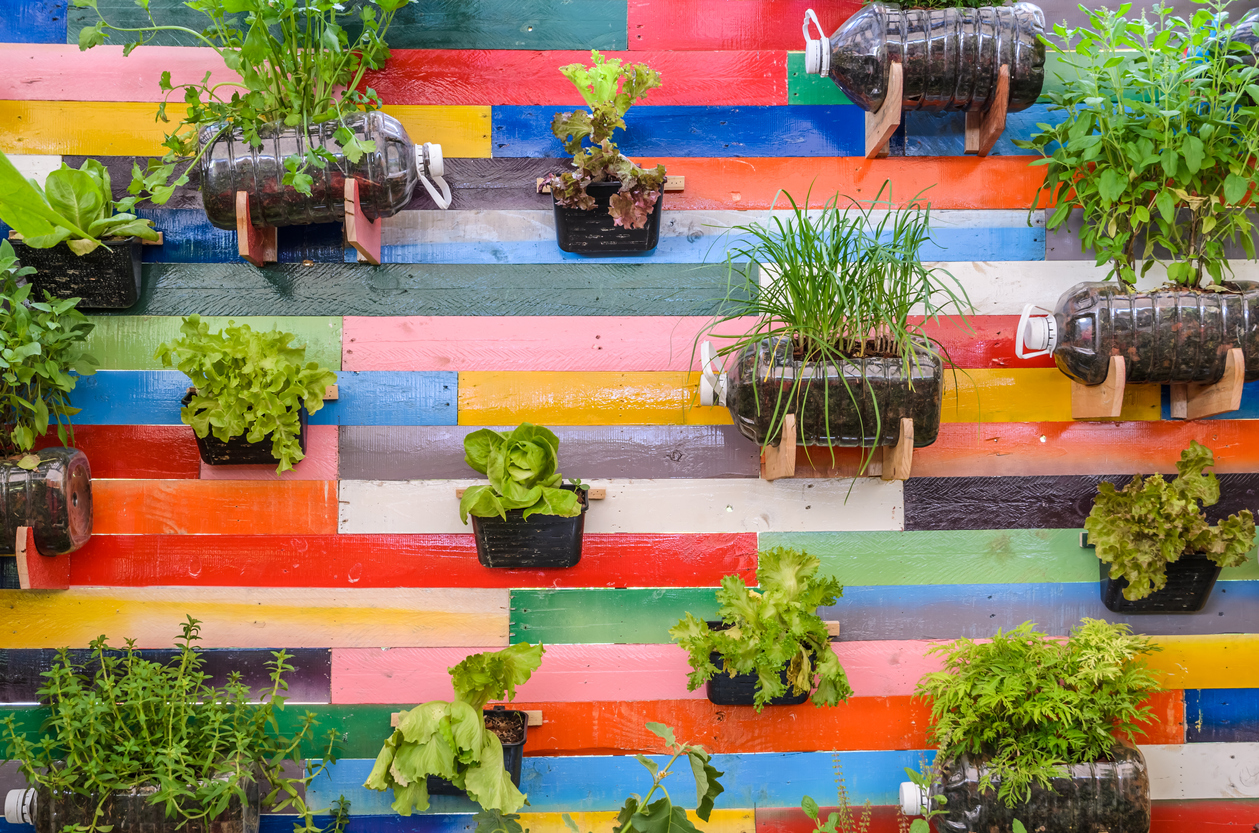With the drought in the the world seemingly increasing every year, garden drought is becoming more and more of a problem. Fortunately, there are many things you, the garden owner, can do to help. So, whether you have a small or large urban garden, here are some tips on preventing your garden from drying out.
Of course, this article does not provide immediate solutions to climate problems, but in any case, it will help all gardeners to use water more wisely. Please spread the word about this information!
1) Choose Plants and Trees That Require Less Water
If you have not yet taken care of your garden or are going to do so, it is wise to consider the drought in advance. Much research is being done to determine what plants and trees will be drought tolerant. In brief, here are two of them.
Hedera, ornate grasses, and asters are well-known varieties that look great in any garden. It is also a good idea to choose plant species with deep roots. Most lawns, for example, do not. Planting large trees and shrubs in your yard can further enhance the cooling effect, lowering temperatures by up to 10°C. In addition, they block the wind, which is a drought-inducing factor. If you have the space, by all means choose trees in your garden.
2) Install an Irrigation System Instead of Spraying Everything
Intelligent customized irrigation significantly reduces water use and delivers water exactly where your plants need it: to their roots.
Do you spray? Then do it at the right time and with the right tool. Later in the evening is best, especially on warm, sunny days. The water will not scald the plants on the leaves, the water evaporates quickly, and in the dark, the water is absorbed efficiently by the roots. Planting new plants during a drought? Instead of spraying intensively after planting, soak them well in a bucket of water before planting them in the ground.
Another important watering tip is that it is better to water a lot sometimes than a little daily.
A smart sprayer will make it easy to water the roots, not the leaves.
3) Greenery & Watering
Choose greenery in your garden, and collect and reuse as much water as possible. This advice is twofold. First, choose as much greenery as possible for your garden, and then try to collect as much water as possible.
”Tile out and plant in” is an action many water authorities have correctly recommended for years. With increasing drought and urbanization, the climate around the world is becoming hotter and more unpleasant, especially in urban areas.
It is therefore essential that everyone cooperates in reducing garden stones. It is a pity that garden stone terraces retain even more heat, and rainwater does not penetrate well into the soil and evaporate! Terraces are beautiful, but they can be a little narrower, for example. Alternatively, it can be made as a (sustainable) wooden terrace that allows water to pass through to the bottom easily. In any case, rainwater should be allowed to reach the surface without completely blocking it with stones.
Rainwater is best captured in rain barrels, and these days there are well-designed rain barrels available.

4) Good Mulching
Mulching prevents water from evaporating directly from the soil surface and can significantly reduce weeds. When the soil is moist, spread 2 to 3 inches of organic mulch around the plants. The best organic material is bark or finely crushed leaves, but you can use newspaper, black plastic, old carpet, large, flat stones, or whatever else you have on hand.
Do you have any other tips? Share it with us in the comments below!



